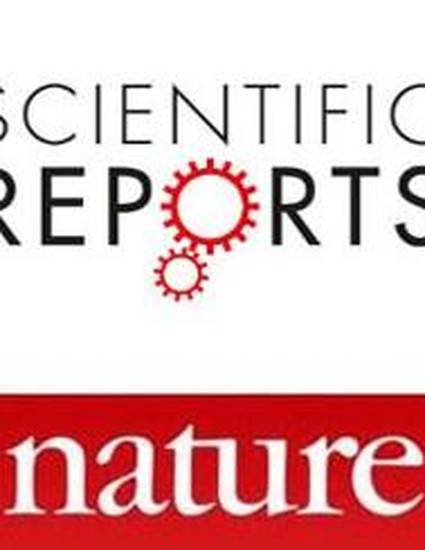
Article
Population viability in a host-parasitoid system is mediated by interactions between population stage structure and life stage differential susceptibility to toxicants
Scientific Reports
(2020)
Abstract
The effects of toxicants, such as pesticides, may be more severe for some life stages of an organism than others. However, in most toxicity studies, data is developed for only one life stage, which may lead to misleading interpretations. Furthermore, population stage-structure may interact with differential susceptibility, especially when populations consist of higher proportions of individuals in more susceptible stages at the time of toxicant exposure. We explore the interaction of differential stage susceptibility and stage distribution using a stage-structured Lefkovitch matrix model. We incorporate lab-derived toxicity data for a common parasitoid, the braconid Diaeretiella rapae (M’Intosh), a common natural enemy of the cabbage aphid (Brevicoryne brassicae L.), exposed to the pesticide imidacloprid. We compare population outcomes of simulations in which we vary both the population stage structure along with the susceptibility of each stage to toxicants. Our results illustrate an interaction between differential susceptibility and initial stage distribution, highlighting the fact that both of these demographic features should be considered in interpreting toxicity data and the development of ecological risk assessments.
Disciplines
Publication Date
November, 2020
DOI
10.1038/s41598-020-77496-y
Citation Information
John D. Stark, Jenifer K. McIntyre and John E. Banks. "Population viability in a host-parasitoid system is mediated by interactions between population stage structure and life stage differential susceptibility to toxicants" Scientific Reports Vol. 10 (2020) Available at: http://works.bepress.com/john_banks/64/
